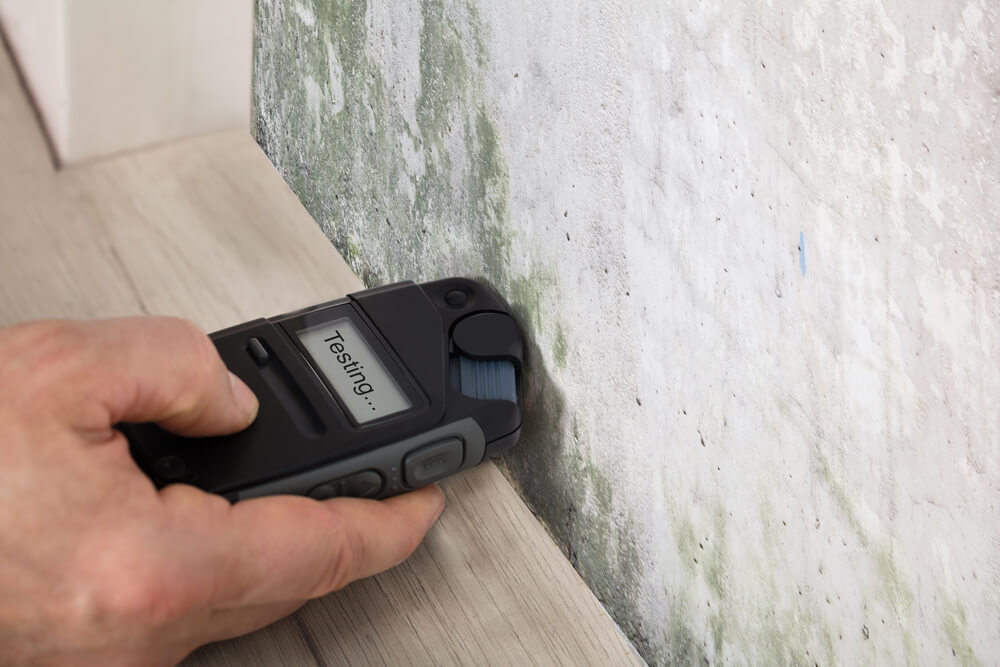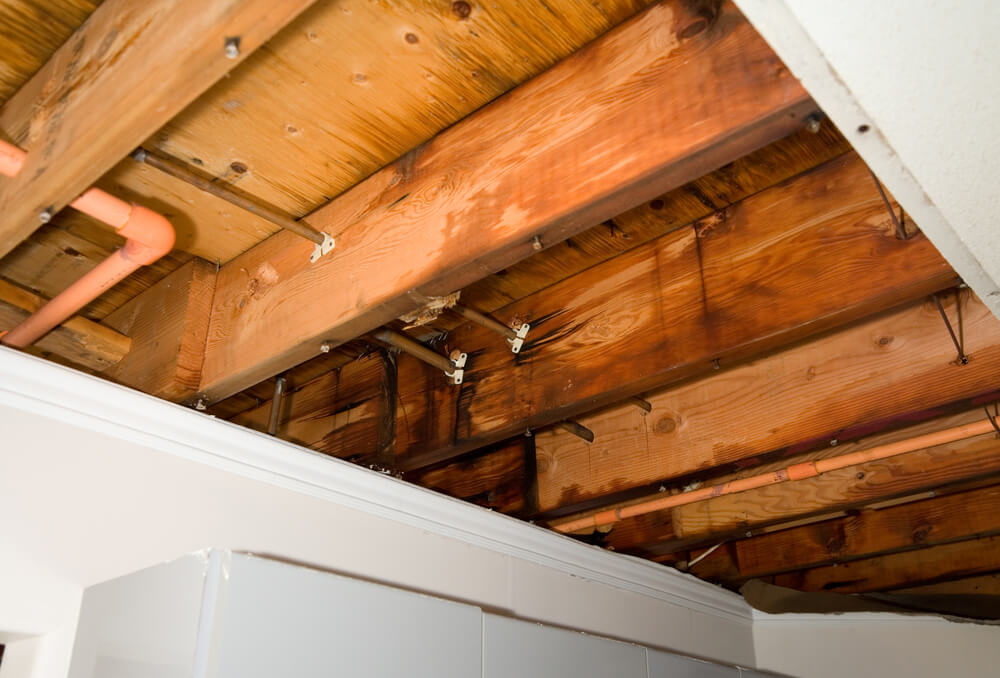Have you been considering Palm Springs Mold Testing, but you’re not sure it’s worth the investment? Mold is a serious and widespread problem. If your home or commercial property becomes contaminated with mold, it can negatively impact the health of family members and employees, causing allergy-like symptoms including coughing, shortness of breath, and a feeling of tightness in the nasal and throat passages.

One of the biggest issues is that mold grows quickly under the right conditions; what initially seems like a small problem can soon become out of control. It’s best to find and eliminate mold while it’s still manageable. That’s why we recommend that you have your home tested for mold every year or whenever you’re buying or selling a property; your health and peace of mind are well worth the investment.
To ensure that your home or commercial property remains a safe place that’s free or irritants, contact Home Sweet Home Inspections. It’s easy to schedule your Palm Springs Mold Testing through our website; all you have to do is go to our scheduling page, decide which day you’d like to have your inspection, provide your information, and check out—it really is that easy! If you’d like more information about our mold testing services, you can give us a call at 760-282-3534 or continue reading; we’ve provided answers to some of the most commonly asked questions we receive about mold.
The questions and answers provided below can help you gain a better understanding about the nature of mold, how it grows, warning signs, and more. If you have any additional questions, feel free to contact us by email at dan@homesweethomeinspections.com.
1. What Is Mold? What Does It Look Like?
Mold is a multicellular type of fungus that reproduces through tiny spores and thrives in warm, moist conditions. Mold comes in a variety of colors including black, white, gray, brown, yellow, orange, green, and purple. On the outside, mold colonies can have various textures including glassy, leathery, velvety, cottony, or granular.
2. What Does Mold Need to Grow?
As with most living things, mold requires water, food, and oxygen in order to grow. The water can come from any source, including excess moisture in the air through high humidity. Mold can use practically any kind of organic matter for food including sugar, starch, paper, wood, natural fibers, and even the biofilm that can build up on non-edible materials like plastic, metal, and concrete.
High temperatures also encourage the growth of mold; that’s why most refrigerators are set at 39 degrees or below—to discourage mold from growing and spoiling food. If mold exists in an environment that lacks one or more of these elements, it is possible for the spores to remain dormant long-term until conditions are right then it can spring back to life.
3. Where Do Molds Grow?
Molds can grow anywhere with the right conditions, including on your walls, floors, appliances, furniture, and carpet. You’re most likely to have mold growth in damp places such as the basement, bathroom, kitchen, laundry room, and crawl space.
4. How Do I Know If I Have Mold?
There are several warning signs to look for that could indicate you have a mold problem, including:
 A Musty Odor – Not all molds produce a noticeable smell, but many of them do. If you detect a musty odor that persists even after you’ve cleaned, then there’s probably mold growing somewhere in your home.
A Musty Odor – Not all molds produce a noticeable smell, but many of them do. If you detect a musty odor that persists even after you’ve cleaned, then there’s probably mold growing somewhere in your home.For your own peace of mind, the best thing to do is schedule a Palm Springs Mold Testing through the team at Home Sweet Home Inspections. Mold testing will definitively determine whether or not dangerous mold is present in your home. Once the inspection has been completed and you receive the results, you’ll be better prepared to find a solution to your mold problems. To get started with your Palm Springs mold testing, simply schedule an appointment online or give us a call at 760-282-3534.